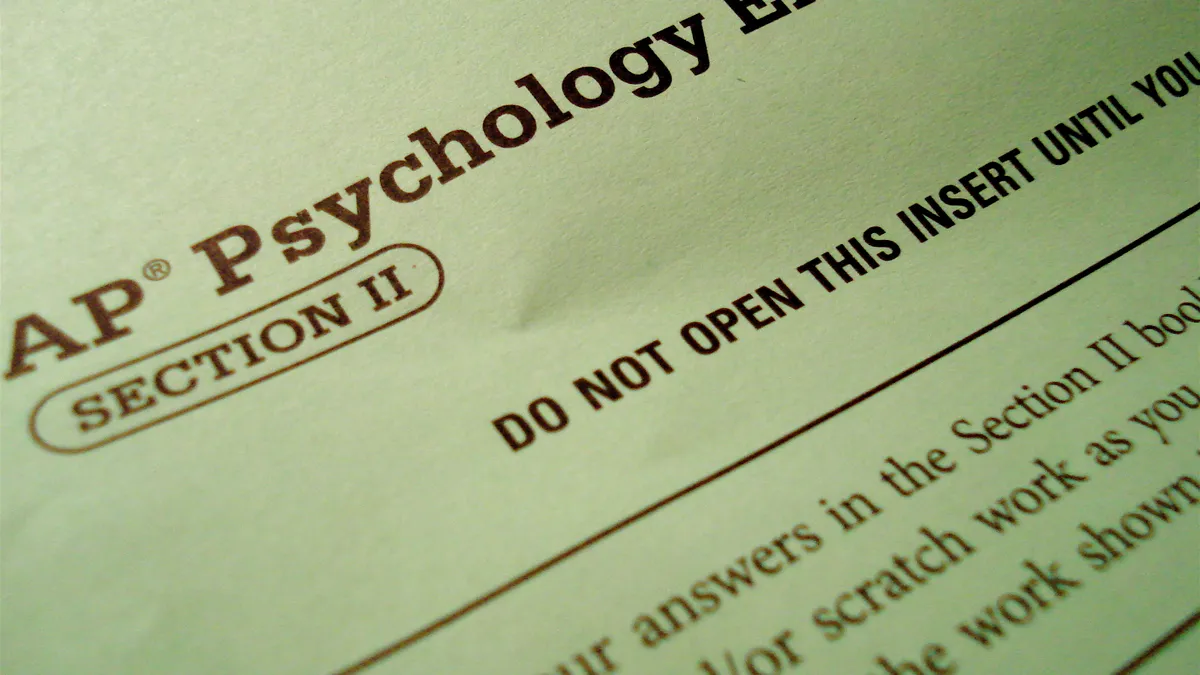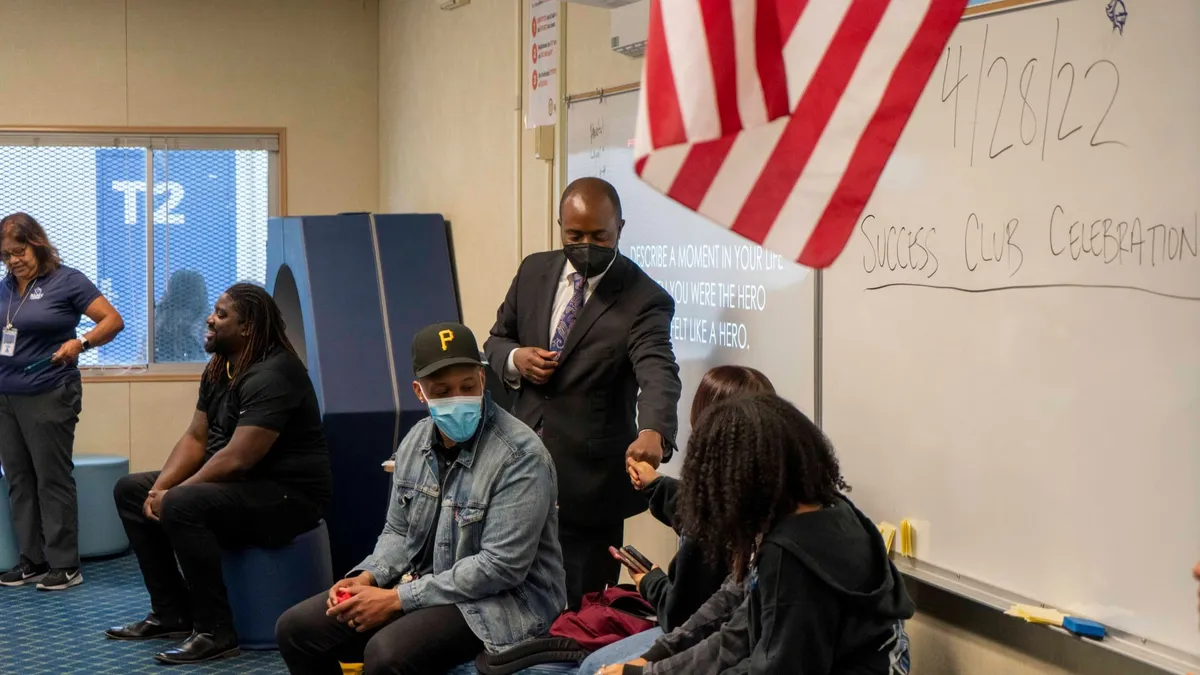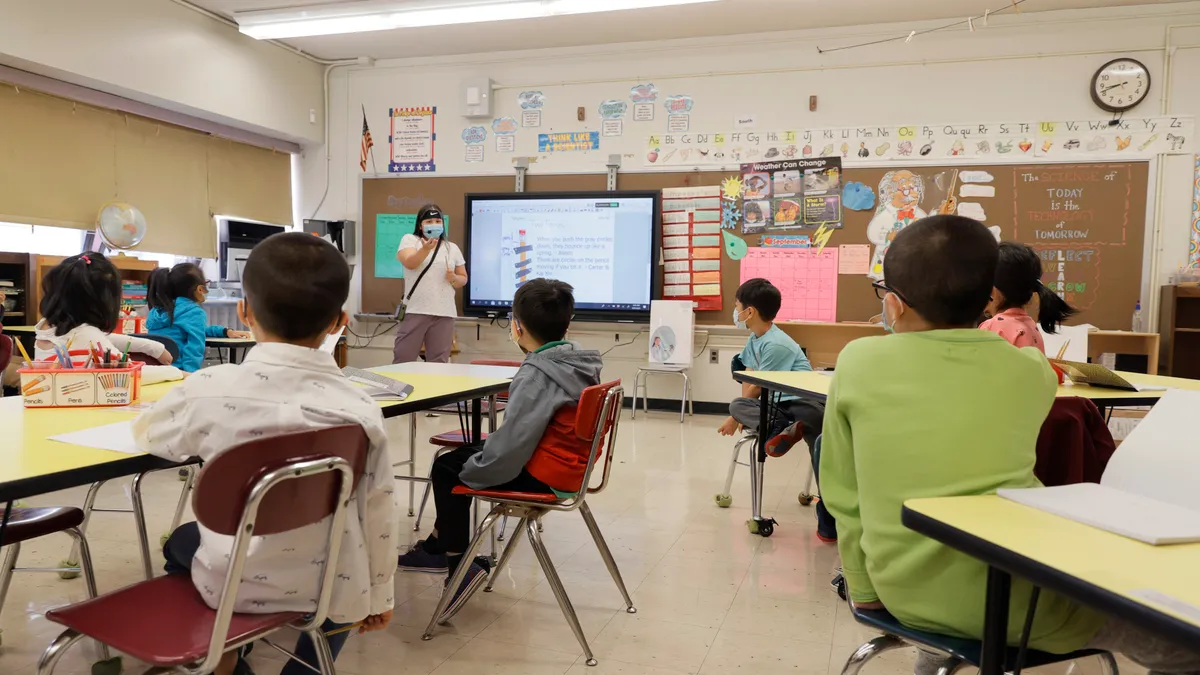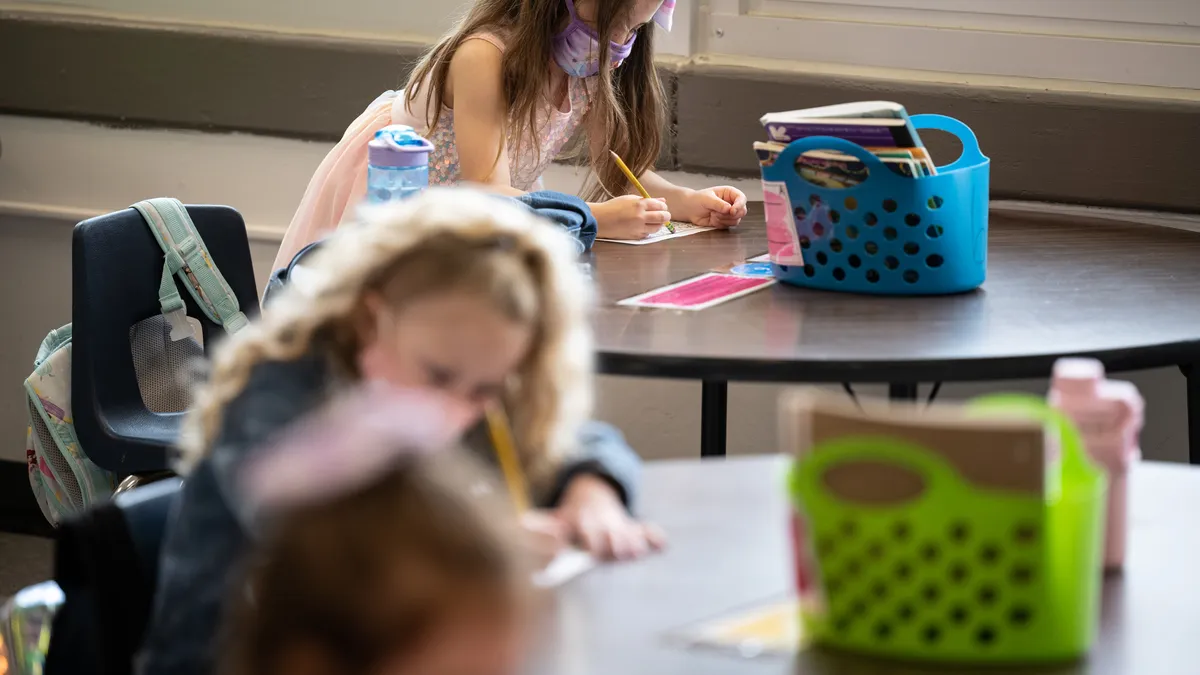Jeffrey Ramnytz, superintendent at Barberton City Schools outside of Akron, Ohio, has an open-door policy for realtors and clients who want to visit the schools in his district and find out what lies behind the numbers that go into school ratings.
He knows from experience that once he shows parents what his schools have to offer, the vast majority — roughly 85% — choose a Barberton school instead of a nearby charter school, private school or another district.
“When I get people in a building and show them our facilities and our opportunities,” he said, “I’ve had a great retention rate, and I am very proud of that.”
Ramnytz said his district works hard to provide students with viable options for success after graduation, and it offers an array of programs aimed at meeting students’ individual needs, such as 1:1 technology, a “second-to-none” early college program, 19 career certification programs, and an emphasis on “soft skills” training from pre-kindergarten through 12th grade.
“If you want your child to be taken care of and to have probably more opportunities than most places,” he said, “then they need to come to the Barberton City Schools.”
But the district battles a reputation as a struggling, high-poverty school system, Ramnytz said, and to get the word out, he’s extended an open invitation to realtors and their clients to visit his schools.
“Mr. Ramnytz is just crazy. He works 24-7,” said Barberton realtor Debra Shreiner.
If she has clients who are skeptical about the Barberton City Schools, she said, “I can call Jeff on a Sunday afternoon, he’ll answer and talk to them, make an appointment, meet them at the school, and walk them through.”
Overcoming a negative narrative
Ramnytz is not alone in his zeal to debunk a negative narrative of public schools often fueled by realtors and websites that rely heavily on school accountability data. Others who have embarked on similar initiatives include administrators and community leaders in Pasadena, California, and Austin, Texas.
Building relationships with those focusing on the housing market is also another example of how schools are trying to stand out when there is an increasing mixture of choices for parents.
In Austin, school administrators recently conducted a six-hour realtor tour of their schools to help stem a decade-long decline in enrollment caused by two factors – families seeking more affordable housing outside of Austin and the lure of charter schools.
In Pasadena, a multifaceted Realtor Initiative strives to dismantle a longstanding racial, ethnic and socioeconomic divide between the students who attend the Pasadena Unified School District (PUSD) and the community as a whole.
Pasadena Education Foundation leaders initiated the program by sitting down with realtors and asking them what they already knew about PUSD, what they would like to know, and how they would like to receive that information.
“It started a dialogue,” said Patrick Conyers, executive director of the Pasadena Education Foundation, “and I think fundamentally that’s why it’s been successful. It’s really been about ‘What do you need?’”
In response to that question and working in tandem with PUSD, the Foundation created, among other things, a weekly PUSD newsletter aimed at realtors, a schedule of school tours, on-demand PUSD presentations, and a half-day course that provides realtors with a PUSD certification.
The extent to which these efforts have altered school attendance patterns is hard to gauge, Conyers said, but he’s encouraged by verbal feedback from realtors and other community members who have expressed a newfound admiration for PUSD.
“I know from the way people are talking about it that it is having an impact and changing peoples’ minds,” he said.
‘A little less obsessive’
These efforts, however, are piecemeal, and those who embark on them are faced with a daunting task, said Jack Schneider, an assistant professor of education at the University of Massachusetts Lowell. Report card statistics, he said, are readily available on a wide range of realty websites, offering potential homebuyers a quick, handy and misguided tool for determining where they want to live.
“Many of the parents who are most concerned about school quality actually have nothing to worry about,” he said, “because they have already given their kids those advantages. Their children are already well prepared for school and oriented toward school.”
They can afford to be “a little less obsessive,” he added, about where their children go to school. “Contrary to the national hysteria over this, most schools are doing a good job. They are better than schools in the past and are perfectly reasonable places to send their kids.”
Of the 98,000 public schools nationwide, he noted, very few are “truly bad schools where I would not send my child.” Those schools, he added, “tend to serve the very disadvantaged in society, and that, of course, is a great ethical and moral failing of ours as a nation, but those are generally schools in neighborhoods that the people obsessing over school quality weren’t even considering in the first place.”
As an alternative to report card data, Schneider suggests that parents do exactly what Ramnytz and Conyers encourage realtors to do — make their decision based on school visits.
That way, they will get answers to the kinds of questions that best address the educational needs of their children, such as whether students feel safe and cared for in school, whether there is a strong professional learning community, and whether teachers are inclined to stay.
“The main thing I tell people,” Schneider said, “is they should go to a school, walk through it, meet some teachers, and meet some kids and look at student work on the wall and watch how students interact with each other.”
He suggests they also “hang around for recess,” inquire about students’ exposure to art, music and physical education, and get a feel for “the nature of academic life.”



















